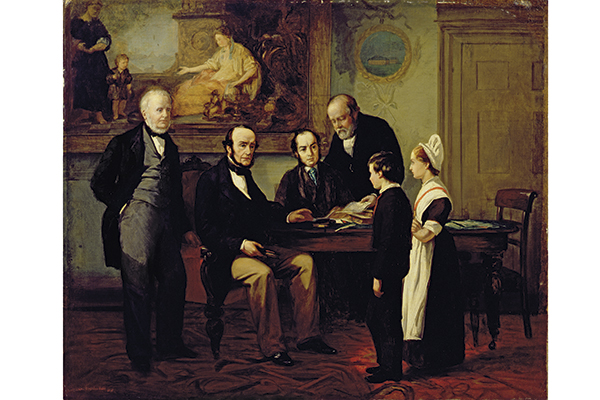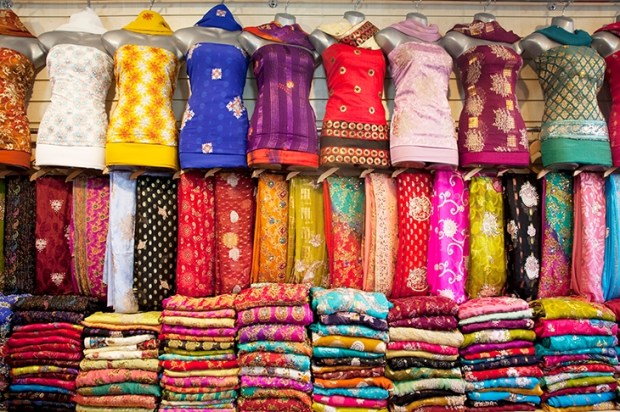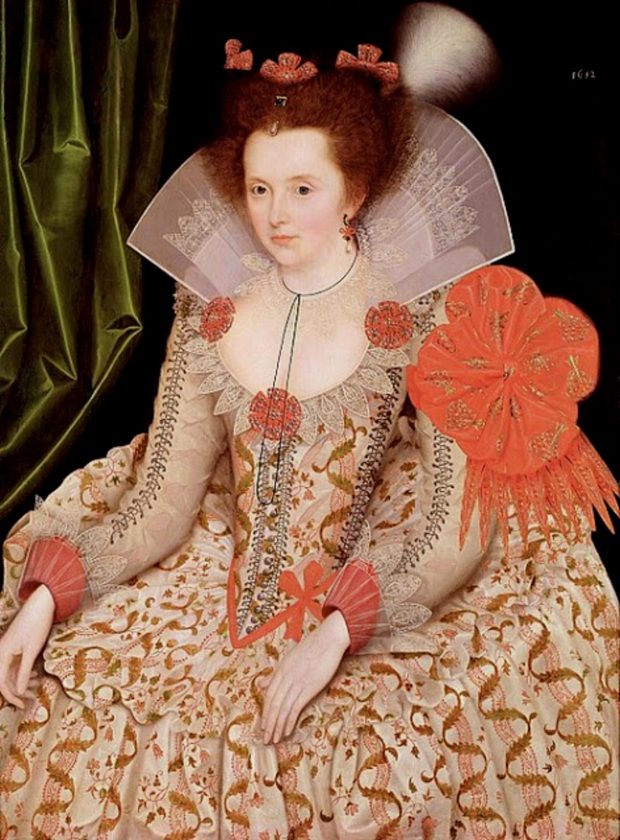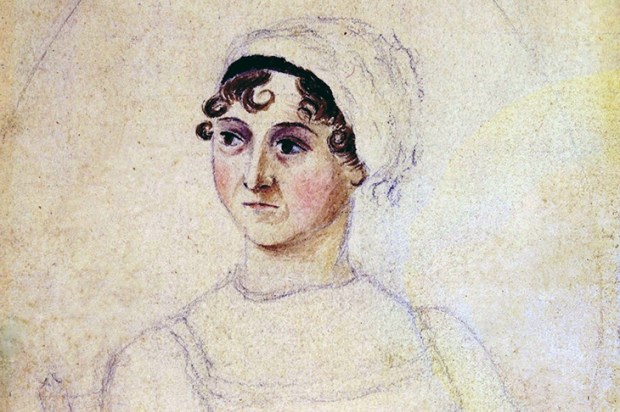One of the oddest of Bloomsbury’s event venues must be the Foundling Museum. The handsome building on Coram’s Fields houses what remains of the London Foundling Hospital, which opened on the site in 1745. Its imposing rooms are lined with oil portraits of past patrons and among the artefacts on display is the original score of George Frideric Handel’s fundraising The Messiah, which he donated to the hospital. In the 18th century the Foundling Hospital was a fashionable cause, and the great and good flocked to associate with its charitable works.
But some of the museum’s cases tell another story — the history not of great names but of the anonymous children of the desperate poor. The ‘foundlings’ the hospital was built to cater for were not, generally speaking, orphaned children, but babies being given up by mothers who couldn’t care for them, usually because they were unmarried, though occasionally through more general poverty. As a result, shame was written into the foundlings’ existence. Their names were changed on admission and the smart uniforms they later received were a badge of double dishonour, signifying both ‘charity cases’ and ‘bastards’.
The museum displays identifying tokens left by mothers, either in the hope of reclaiming the child at a later point or so that the baby might grow up to know who he or she was. They include scraps of cloth taken from what the baby was wearing when admitted as well as handstitched hearts, engraved silver badges, charms, buttons and coins snapped in half that could be matched together upon reunion. These are objects redolent with pain, and it can feel incongruous, even voyeuristic, to view them while sipping wine at a reception.
Yet spectatorship is part of the hospital’s history. In the decades after it opened its doors in 1741, regular admission days were announced in the national press and mobbed by so many desperate mothers that a ballot system had to be introduced. Their grief and humiliation — ‘successful’ mothers had their babies removed immediately — can only have been intensified by the presence of wealthy visitors who paid to watch the spectacle. But the hospital needed these onlookers’ money. It had received its Royal Charter in 1739, thanks to two decades of fundraising and campaigning work by the retired sea captain, Thomas Coram. But more funds were always required.
Coram’s system sent all babies to be fostered by wet nurses in the country for their first years, then brought them back to the institution for education before they were apprenticed to fairly lowly trades. In its day this was good, costly care and better than anything else on offer, including parish relief. Admissions swelled, especially after 1756 when parliament ruled that all babies should be accepted, and
six receiving centres were founded outside London.
A total of 18,539 infants were admitted before the end of the 18th century. But the mortality rate was eye-watering: two thirds did not survive childhood. Public revulsion led to the removal of an enormous public subsidy in 1771; but the hospital survived and became the charity now known as Coram, continuing to care directly for children until 1954, and working with adoption and care to this day.
Unsurprisingly, the hospital’s archive occupies a shelf length ‘the equivalent of 17 double-decker buses’, according to Helen Berry. Her well organised, workmanlike account concentrates on its 18th-century history and does an important job of clearing a way through a mass of repetitious detail, while acknowledging how telling and human that detail is. She is particularly good at interweaving a surviving autobiographical account by one foundling, George King, with records of many other lives, from foster mothers attempting to be reunited with the children they fostered to apprentices surviving abuse.
Berry notes that the hospital yoked tremendous privilege to the austere lives of foundlings, and points out that it was patronised by establishment figures partly because it was seen as a source of labour for Britain’s naval and colonial ambitions. But, as she also shows, 18th-century supporters focused at least as much on the social problem posed by so many numerous unwanted babies, who were seen as potentially criminal yetalso innocent.
Meanwhile, charitable involvement was a way for the rich to accumulate social kudos. What linked foundlings to the ‘empire’ of Berry’s title wasn’t just their labour potential. It was also the attitude of contemporary wealth to disadvantage, whether at home or abroad. The degradation associated with foundlings and their mothers was so thrillingly ‘foreign’ for those spectators at an admission day that it was almost like visiting another country: one to be exploited, perhaps, but with expressions of piety.
Berry’s study is a useful reminder that today, as we consume the foundling hospital’s stories of abandonment along with our canapés we could do worse than to check our own expressions.
Got something to add? Join the discussion and comment below.
Get 10 issues for just $10
Subscribe to The Spectator Australia today for the next 10 magazine issues, plus full online access, for just $10.
You might disagree with half of it, but you’ll enjoy reading all of it. Try your first month for free, then just $2 a week for the remainder of your first year.














Comments
Don't miss out
Join the conversation with other Spectator Australia readers. Subscribe to leave a comment.
SUBSCRIBEAlready a subscriber? Log in